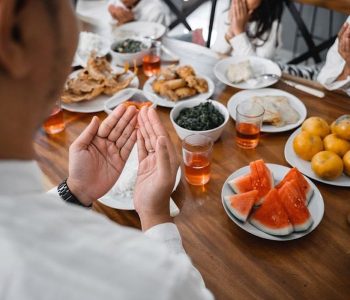
A photo exhibition highlighting the complex relationship between humans and lands, from the exploitation of customary forest wood in West Papua to the limited space of settlements in Jakarta.
Human beings are inseparable from the earth they stood on. The earth is where we do our daily activities, earn our livelihood and the place we return to at the end of our lives. It plays an important role in constructing the layers that make up our identity and the history of our civilization reflects perceived human attachment to the land. Demand for the land and all its sustenance will continue to grow along with rising human population on earth, despite the land’s finite natural resources.
Indonesia is a country where land disputes almost never see a resolution. The conflicting parties almost always use different references to support their claims. This is why multiple and often contradicting data sources are one of the main causes of land conflicts in the country.
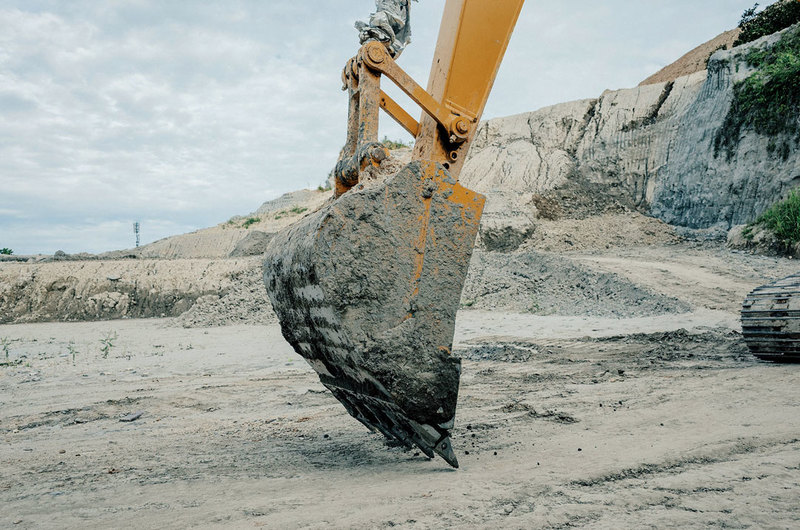
And when Indonesia is again engulfed by massive forest and land fires, again, land management is certainly in the spotlight. Forest fires, environmental damage, overlapping ownership and land use, and corruption in the land sector lead to the absence of a single, consistent reference data and map as a basis for spatial planning and land use.
The government initiated the One Map Policy (Kebijakan Satu Peta, KSP) to prevent overlapping land use and land planning by using a single map that all stakeholders agree on as a point of reference, so that development planning, infrastructure provision, issuance of permits and land rights, and various national policies can refer to an accurate spatial data. But, one major challenge is the lack of depth in the public’s perspective regarding land issues in Indonesia, which could be due to poor policy communications. This is even more apparent when discussing evidence-based policies such as KSP, where we are presented with briefs written in formal legalese, supported by data in numbers and statistics. While the facts and figures may be relevant, they are unlikely to attract the attention of the general public.
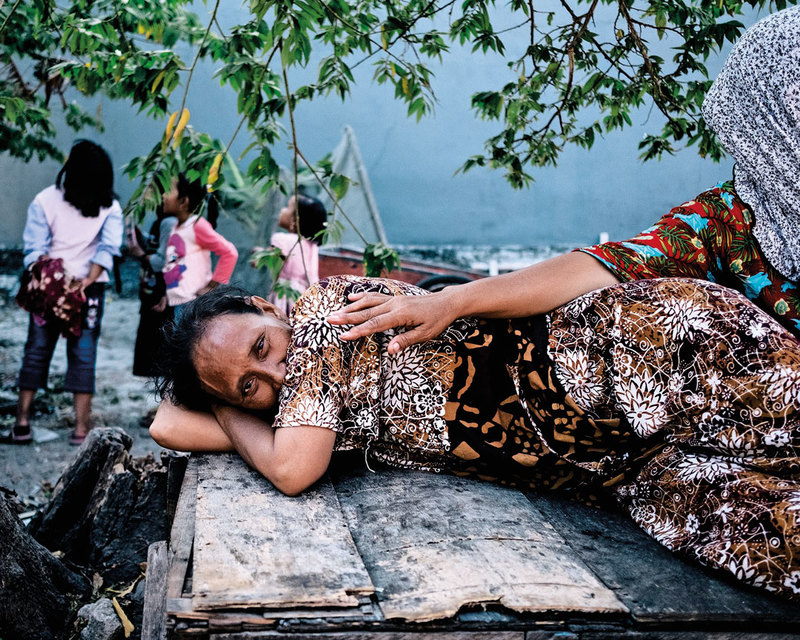
To bring land issues closer to the heart of people, World Resources Institute (WRI) Indonesia and Arkademy presented Kisah-Kisah Tanah Manusia (Stories of Human Land), a photography exhibition held in Galeri Salihara from 2 to 8 October as a subtler medium of communication and awaken new imagination on matters previously perceived as too far removed from us.
The exhibition featured six themes: Exploitation, New Landscapes, Vulnerability, Land and Death, Strategies and Hope, with photographs showcased in 14 photo series from 14 selected participants of Arkedemy’s workshops in four cities which are Pekanbaru, Palembang, Manokwari and Jakarta. They are mostly non-professional photographers challenged to capture land issues around them from their eyes.
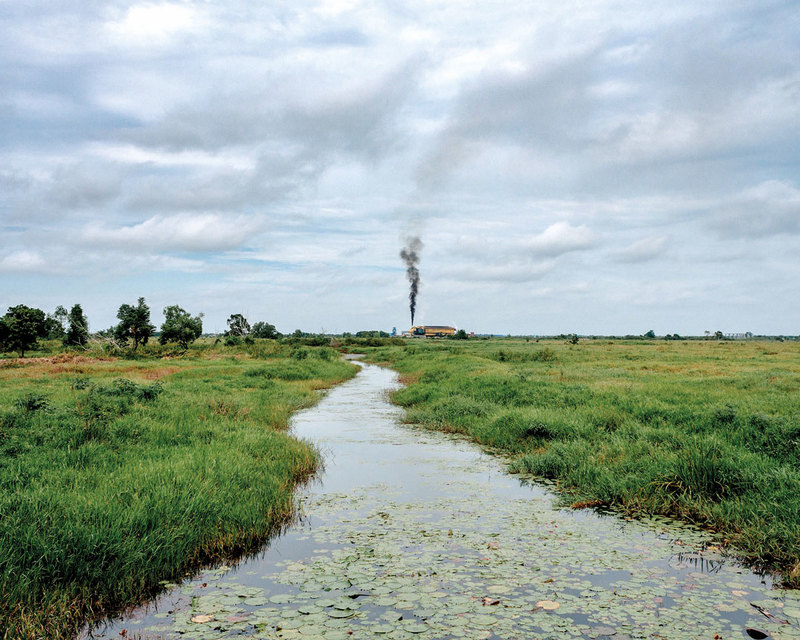
The issue of the conversion of peatlands into oil palm plantations was raised by Parliza Hendrawan, a Pekanbaru resident who explained the impact of peatland’s conversion to fires, carbon emissions that exacerbated the climate crisis, and the impact of the climate crisis on the country and society, such as increasing natural disasters and loss of residential areas.
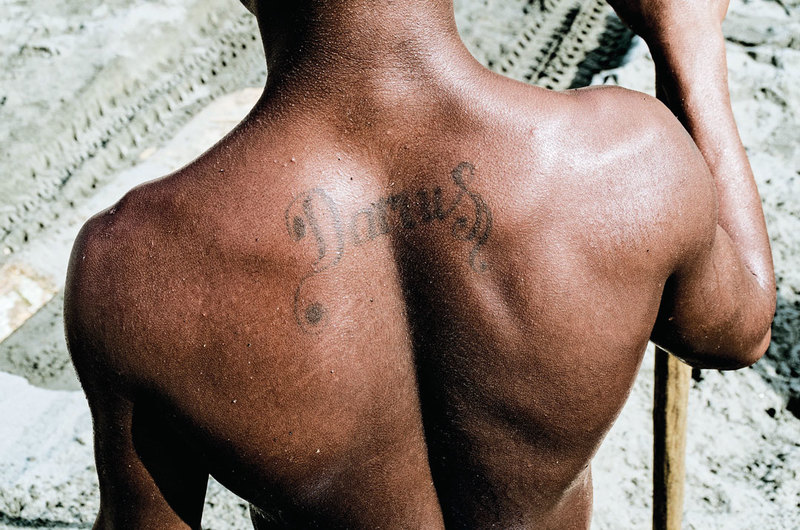
Mario Munthe and Yustinus Yumthe have unearthed other stories from West Papua to reveal an unseen side of land exploitation. Mario’s photos tell about a transmigrant from Java who earns his living chopping down trees from a forest belonging to a local tribe in North Manokwari with a permit from the tribal chief. It shows how the ownership and management of a forest that belongs to its traditional owners can still involve a transactional dimension. The forest is regarded as ‘savings’ that can be withdrawn in small increments to help pay for one’s daily needs.
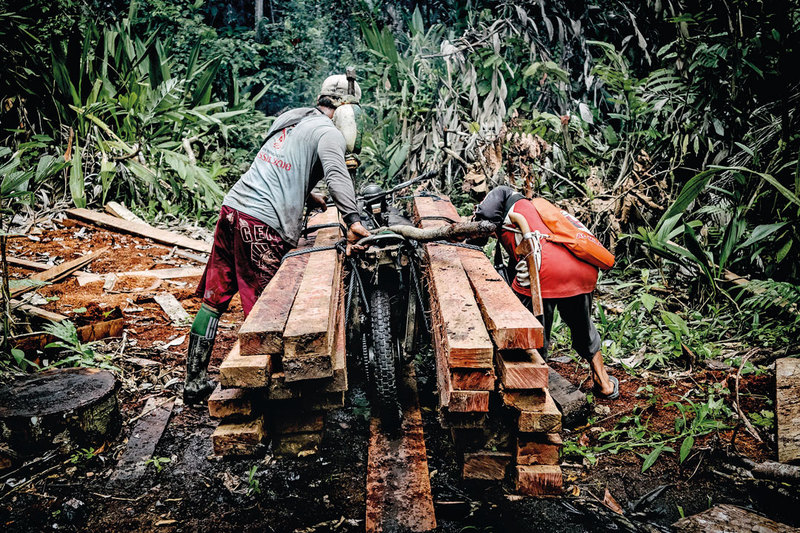
Meanwhile, Yustinus found a similar story happening in Pami and Mandopi, where residents of both villages exploit their land in a more straightforward way. They dig up sand from the beaches and throw tonnes of it into trucks that will deliver the cargo to construction projects in Manokwari and Arfak mountains. These two stories in Papua tell us the importance of policy building in order to protect local land from exploitation, plus the ecological damage while at the same time giving residents a leeway to benefit from the land in an environmentally responsible way.
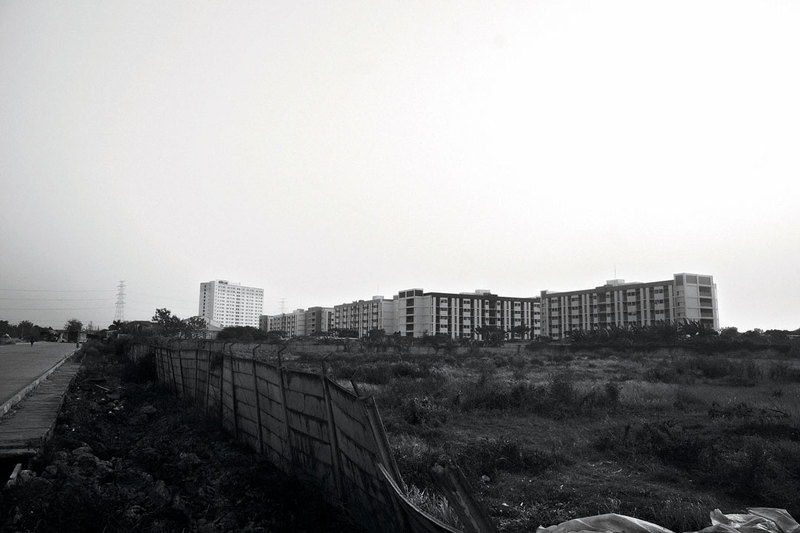
Budi Iswanto’s architectural photography documents only a few of the many empty, abandoned buildings in Pekanbaru. Land disputes and conflicts of interest resulted in these ‘dead’ buildings, built on ‘dead’ wastelands that contribute nothing to society. In Budi’s photo story, this dead wasteland has killed off any possible social meaning that these buildings and plots of land may have for the people of the province.
Meanwhile, Galih Yoga Wicaksono’s photo story tells a lively story of ever day life in Tegal Alur, a public cemetery in West Jakarta. Lack of burial ground is a hot issue in the capital, but not many people know that Jakarta’s public cemeteries still have plenty of empty plots. These empty plots dominate the 55-hectare Tegal Alur Public Cemetery, creating a spacious, accidental public space that local residents are only too happy to take advantage of. Galih documented a full palette of everyday activities, such as morning gymnastics, people fishing in a pond, burning rubbish, minding a stall, a film shoot—essentially banal activities rendered oddly interesting by their unusual location. Both photo stories try to point out the ironies surrounding death: how killing off land will also kill off people living on it, and how a burial ground, a space reserved for the dead, can create life for the living.
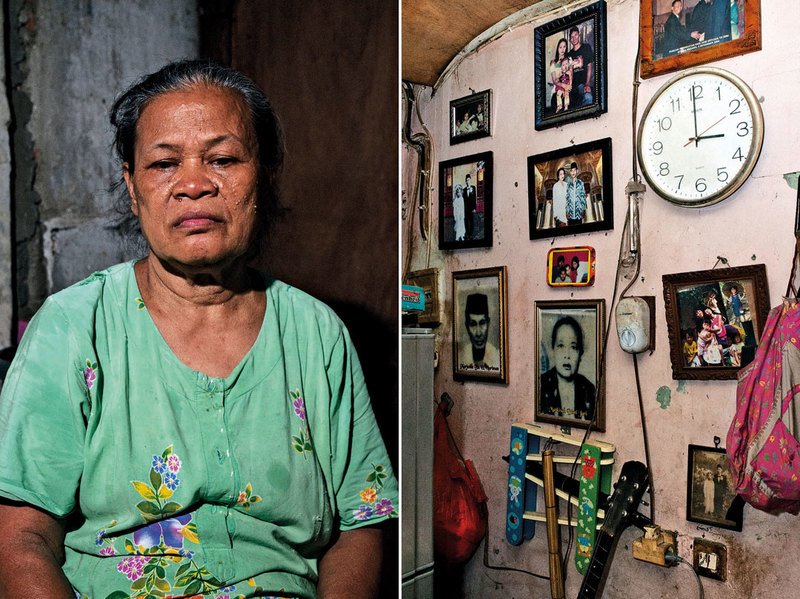
Atikah Zataa Amani documented an urban farming community in Kampung Kebun Bayam in North Jakarta, and their initiative in navigating land crisis and climate crisis to show how local residents took collective action to convert an idle plot of land –previously used as landfill—into an urban farming space where local residents grow their own produce and supply them to nearby markets. But living off borrowed land is not without its challenges. Limited access to clean water and extreme weather changes make farming in Jakarta difficult. Despite these limitations, the farmers continue to survive day by day, growing their crops together and sharing their harvest which reveals a community full of hope and resilience.



